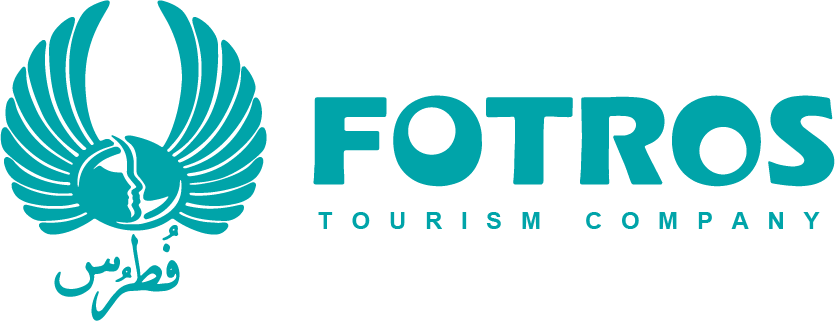
Medical Surgeries
Appendectomy


An appendectomy is a surgical procedure performed to remove the appendix, a small, finger-shaped organ located at the lower right side of the abdomen. Appendectomies are most commonly done as an emergency procedure to treat appendicitis, which is the inflammation of the appendix. If left untreated, appendicitis can lead to serious complications, including the rupture of the appendix, which can be life-threatening.
An There are two main methods for performing an appendectomy:
Open Appendectomy: In an open appendectomy, a surgeon makes a single incision in the lower right side of the abdomen. The incision is typically about 2-4 inches long, and it allows the surgeon to directly access and remove the inflamed appendix. This method was more common in the past but is still used in some cases, particularly when there are complications or if the surgeon believes it is the safest approach.
Laparoscopic Appendectomy (Minimally Invasive): Laparoscopic appendectomy is the more common and less invasive approach. It involves making several small incisions in the abdomen. One of the incisions is used to insert a laparoscope, which is a thin tube with a camera and light at the end. The surgeon watches a video feed from the laparoscope to guide the procedure. Surgical instruments are inserted through the other incisions to remove the appendix. This method often results in a faster recovery and fewer complications compared to an open appendectomy.
is a surgical procedure performed to remove the appendix, a small, finger-shaped organ located at the lower right side of the abdomen. Appendectomies are most commonly done as an emergency procedure to treat appendicitis, which is the inflammation of the appendix. If left untreated, appendicitis can lead to serious complications, including the rupture of the appendix, which can be life-threatening.




Notice:
The choice between an open and laparoscopic appendectomy depends on several factors, including the patient's condition, the surgeon's experience, and any complicating factors such as the presence of abscesses or other abdominal issues.
After the appendix is removed, the incisions are closed with stitches or staples, and the patient is monitored during the recovery period. Recovery times can vary but are generally faster with laparoscopic appendectomies. Patients are often advised to avoid strenuous physical activity for a few weeks, and they may be prescribed antibiotics and pain medication during their recovery.
Appendectomies are typically safe and effective in treating appendicitis. However, as with any surgical procedure, there are risks involved, and complications can arise.
It's essential to follow your surgeon's instructions for post-operative care and attend any follow-up appointments to ensure a smooth recovery. If you suspect you have appendicitis, it is crucial to seek medical attention promptly to prevent the condition from worsening and potentially leading to a ruptured appendix.
Appendectomy is a surgical procedure to remove the appendix, usually performed in cases of appendicitis, which is the inflammation of the appendix. Proper care before and after an appendectomy is essential for a successful recovery. Here's a general overview of what to expect before and after an appendectomy:
Before Appendectomy:
Diagnosis: An appendectomy is typically performed as an emergency procedure when someone is diagnosed with acute appendicitis. The diagnosis is made through clinical evaluation, blood tests, and imaging such as CT scans or ultrasound.
Fasting: You'll be asked to fast food and liquids for several hours before the surgery to reduce the risk of aspiration during the procedure.
Preoperative Instructions: Follow your surgeon's preoperative instructions, which may include medications to avoid, bathing or showering with a special antibacterial soap, and removing jewelry or piercings.
Consent: Sign a consent form after discussing the surgery, its risks, and benefits with your surgeon.




After Appendectomy:
Hospital Stay: The duration of your hospital stay may vary. Some appendectomies are done laparoscopically (minimally invasive) and allow for a shorter stay, while an open appendectomy may require a longer recovery period.
Pain Management: You'll likely experience pain at the incision site. Pain medications will be prescribed to manage discomfort.
Activity Restrictions: Initially, you'll need to rest and limit physical activity. Slowly, you can start walking to prevent complications like blood clots.
Diet: Start with clear liquids and gradually progress to a soft diet as tolerated. Avoid heavy or spicy foods early on.
Wound Care: Keep the incision area clean and dry. Your surgeon will give specific instructions on how to care for the incision.
Medications: You might be prescribed antibiotics to prevent infection and possibly stool softeners to prevent constipation, which can be a side effect of pain medications.
Follow-up: Attend follow-up appointments with your surgeon to monitor your recovery and remove any sutures or staples.
Return to Normal Activities: Your surgeon will advise when it's safe to return to normal activities, including work, exercise, and other daily routines.
Complications are possible but rare after an appendectomy.
If you experience any of the following symptoms, contact your healthcare provider immediately:
- High fever
- Severe abdominal pain
- Persistent vomiting
- Infection or pus around the incision
- Redness, swelling, or discharge from the incision
- Difficulty passing gas or stool
Recovery times can vary from a few days to several weeks, depending on the type of surgery and individual factors. It's important to follow your surgeon's advice and take the necessary time to recover fully. Always consult your healthcare provider for personalized guidance and recommendations.




Our services include:
![]() our online services include: quotes and consultation
our online services include: quotes and consultation
![]() Planning the highest word-level medical trips and quality hospitals and medical centers according to the patient's request and budget.
Planning the highest word-level medical trips and quality hospitals and medical centers according to the patient's request and budget.
![]() Appointing treatments by the most skilled and experienced doctors.
Appointing treatments by the most skilled and experienced doctors.
![]() Airport pick-up/drop off, check-ups, accompanying translator, book hotel (for patients and their families)
Airport pick-up/drop off, check-ups, accompanying translator, book hotel (for patients and their families)
![]() Pre-hospitalization / post-hospitalization care services
Pre-hospitalization / post-hospitalization care services
All-Inclusive Medical Travel Packages
based on your budget, our team will assist you in choosing the best hotels, doctors, and medical centers. Our packages include:
 Airport Pickup Services
Airport Pickup Services Airport Dropoff services
Airport Dropoff services Hotel
Hotel Ticket
Ticket visa
visa translator
translator Transfer
Transfer SIM Card
SIM Card Sightseeing
Sightseeing


 why Iran
why Iran
Patients may choose to have abdominoplasty (commonly known as a tummy tuck) in Iran for a variety of reasons
Cost, Quality of Care, Privacy and Discretion, Combined Tourism, no Waiting Times
![]()
Fotros is an Iranian health tourism company with a professional team consisting of a support team and word-level doctors in medical and cosmetic surgeries like Neurosurgery, Rhinoplasty, Breast cosmetic surgeries, Liposuction, tummy tuck, etc.










 why Iran
why Iran